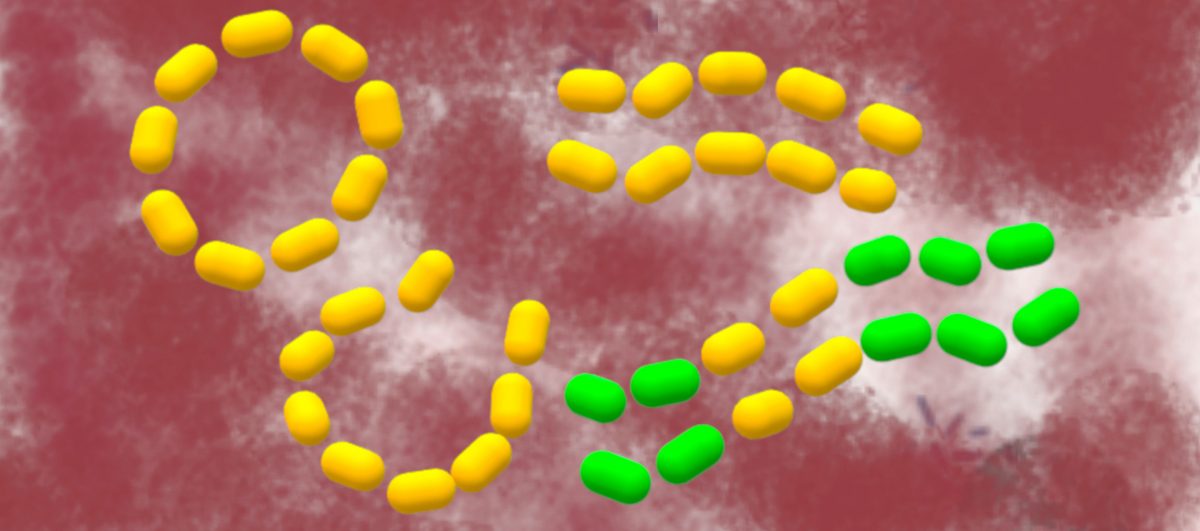Australian researchers have found a way to predict the risk of liver cancer in people with chronic hepatitis B, promising earlier diagnosis, better management and potentially better prevention of hepatitis B- related liver cancer.
For some time now scientists have known that when the hepatitis B virus (HBV) replicates it leaves behind bits of its DNA in string form, different to its original circular shape. They refer to this as “splicing”. They also noticed that higher viral load results in more splicing; and retrospective examination of blood samples showed that splicing increased each year prior to the development of liver cancer.
It has been noted that Asians with chronic hepatitis B are more likely to develop liver cancer. Serum samples have revealed that hepatitis B genotypes more commonly found in Asia (B and C) have significantly greater levels of splicing than those common in European genotypes (A and D)1.
Presenting these findings at the recent Viral Hepatitis 2018 conference, Associate Professor Peter Revill from the Doherty Institute said one explanation of how the hepatitis B virus causes cancer in the liver is that the double stranded linear DNAs resulting from HBV splicing are more easily integrated into the similarly shaped human DNA.



